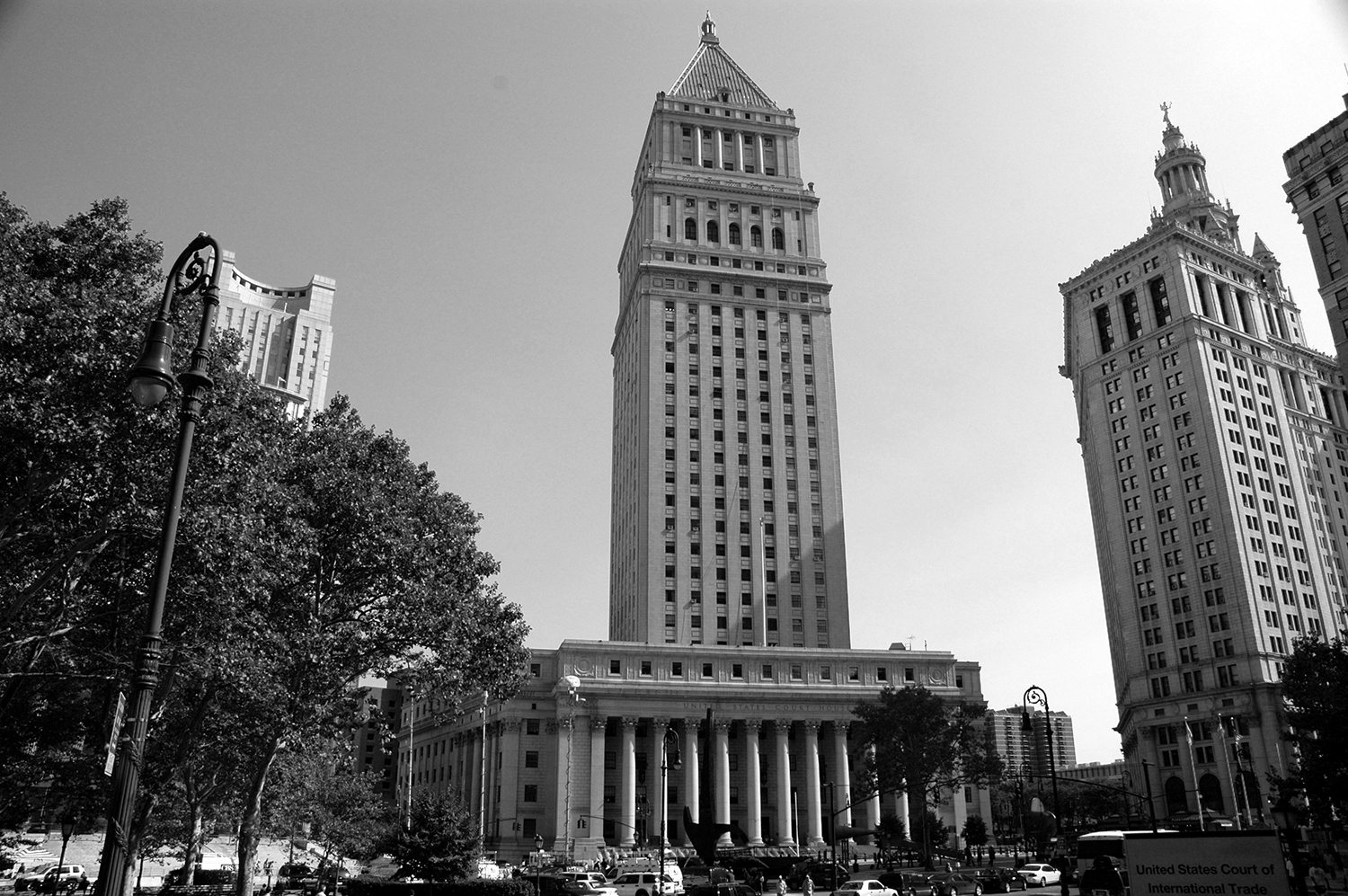Patent for an Office Chair
U.S. Patent 9,913,539 Yesterday we looked at a Buzz Lightyear straw patent that had an immediate cool factor. Today, we look at an office chair that has none of the same. While this office chair certainly doesn’t excite like a Buzz Lightyear straw, it definitely appears to provide some great ergonomic support for the person sitting in the chair. It visually looks as though the main cruz of the patent is related to a slidable member that run vertical along the chair back. Commonly when we discuss patents with new clients, a chair is the common patent example to explain patents in a simple manner. I doubt this would make it into our new patent client discussion, but we wouldn’t hesitate to try this chair out in our office. On March 13, 2018, Week 11, Number 1448-2, the United States Patent and Trademark Office published issued U.S. Patent Number 9,913,539. The patent describes an office chair with what appears to this patent attorney to be some type of moveable back support. Reviewing the other figures, it appears that the inventor has attempted to cove a number of different chair shapes without the movable central back support member. FIGS. 1-27 are directed to: an aspect of the office chair 10 including a back support structure 12 including a pair of generally vertical support posts 18, and a plurality of support arms 21 extending outwardly from the support posts 18. FIGS. 1 and 1A show views of a completed version of the chair 10. The chair generally includes a chair frame 20, a back support structure 12, a seat support 15, and an armrest assembly 22 extending from the chair frame 20. The chair frame 20 may [...]





